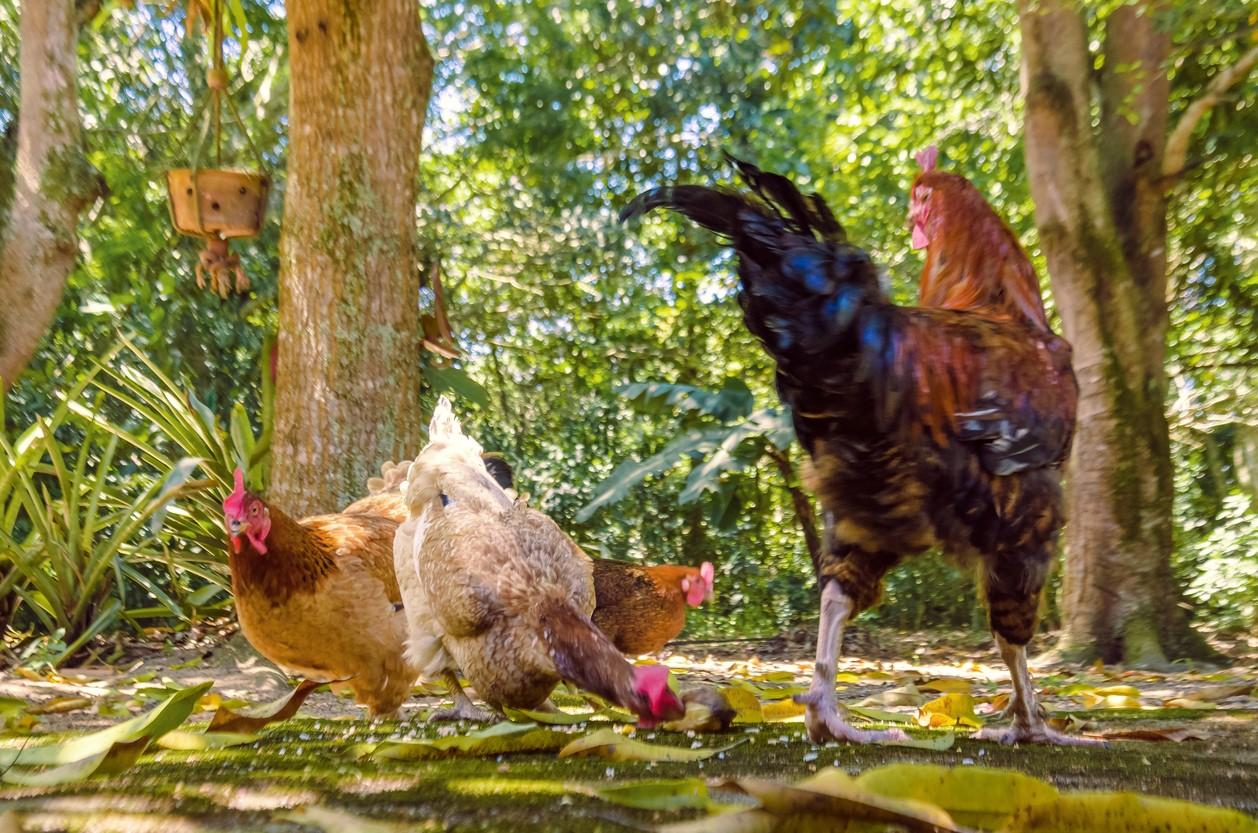Paraguay has reported its first three highly pathogenic H5 avian flu outbreaks in poultry, as the virus expands its southward reach in the Americas, where the virus has now been detected in 18 countries.
Outbreaks spread along Pacific flyway
Paraguay's National Animal Health and Quality Service (Senacsa) yesterday reported three H5 outbreaks in Chaco region in the northwest, all involving backyard birds, MercoPress, a news agency based in Uruguay, reported. Outbreak response teams culled and buried the birds, and health officials are investigating two more potential outbreaks in the same region.
The outbreaks follow the recent detection of H5N1 for the first time in Brazil's wild birds. Last week, Brazil reported H5N1 in shore birds in Espirito Santo state in the southeast. Today, health officials in the country's Rio de Janeiro state, located just south of Espirito Santo, reported the virus in a wild bird, according to Reuters.
In a May 18 overview on H5N1 activity in the Americas, the Pan American Health Organization (PAHO) said outbreaks are mainly occurring in areas along the Pacific flyway and that highly pathogenic outbreaks have occurred in 15 countries in Latin America and the Caribbean, which it said is unprecedented. In North America, Canada and the United States have been battling the virus since early 2022 and have reported it in wild birds, poultry, and mammals.
PAHO urged countries to maintain and strengthen their avian flu surveillance systems. It said early identification and quick response can help reduce the threat to animals and public health. The group said spread is lowest in September and typically starts picking up steam again in October.
Vaccination consideration gains traction
Global control of H5N1 in poultry is on the agenda of the annual meeting of the World Organization for Animal Health (WOAH), under way this week in Paris. Countries are increasingly considering poultry vaccination as a control tool, according to Reuters.
Though countries have been reluctant to introduce vaccination, Monique Eloit, DVM, WOAH's director-general, said in an interview with the news service that almost every country that conducts international poultry trade has now been affected by the virus. She said it could be time to discuss vaccination alongside systematic culling, which remains the main tool for curbing the spread of the virus.
European officials last year agreed to implement a poultry vaccination strategy, with France to begin with ducks. The United States is testing poultry vaccine candidates and recently approved the vaccine for emergency use in the endangered condor population.
United States reports more outbreaks in 3 states
In the United States, H5N1 outbreaks have declined significantly, but over the past few days, federal animal health officials reported more outbreaks in poultry flocks in three states, all involving backyard birds. In Minnesota, the virus struck a location housing 120 birds in Nobles County in the southwestern part of the state.
Missouri reported an outbreak affecting 80 birds in Phelps County, which is in the central part of the state near Rolla. And in North Carolina, the virus turned up in a flock of 30 birds in Rowan County, just northeast of Charlotte.
So far, US H5N1 outbreaks since February 2022 have led to the loss of nearly 58.8 million birds from 47 states.



















